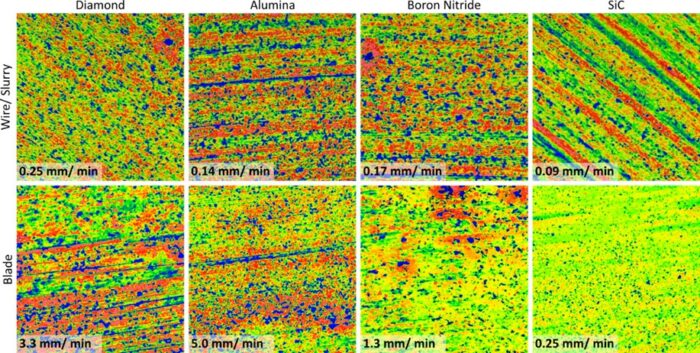This website uses cookies so that we can provide you with the best user experience possible. Cookie information is stored in your browser and performs functions such as recognising you when you return to our website and helping our team to understand which sections of the website you find most interesting and useful.

NetZero Refrigeration with Advanced Magnetocalorics (NRAM)
Case Study
Royce’s Industrial Collaboration Project (ICP) awarded £184K towards this Camfridge project, which focused on creating an alternative form of solid-state cooling devices for use in magnetic cooling systems that can be implemented on a mass scale. The project furthers the UN’s imperative to reduce CO2 emissions from cooling processes by 250 gigatons in order to achieve net-zero.
Camfridge is an initiative focused on the development of solid-state cooling devices, based around functionalised magnetocaloric materials, for use in magnetic cooling systems that are cost-competitive to manufacture at scale, cheaper to operate, free of refrigerant-gas, largely circularly recyclable and energy-efficient.
This project focused on the translation of the working prototype to mass production, a key issue of which is the low strength of LaFeSi wafers produced by wire cutting, due in part to the surface finish giving rise to large laws that act as crack initiation sites. Target cutting times of 1mm/ min are required for scaling up production, while kerf material loss must be minimised.
To improve the surface finish of the wafers, a novel cutting method was trialled by using fine ceramic powder slurries in lieu of cutting fluid during wire saw cutting. Financial support from Royce’s ICP programme enabled the purchase of these fine ceramic powder slurries, which included Boron nitride, silicon carbide, and alumina. These were compared to the diamond coated wire, as well as their abrasive saw counterparts.

For wire cutting, the best surface finish was achieved by 1.4 µm SiC powder slurry with surface flatness (Sa) of 0.49 µm, although the cutting speed of 0.1 mm/ min is far below the target 1 mm/ min. 1 µm boron nitride was the fastest cutting slurry with a speed of 0.2 mm/min.
Faster cutting times were achieved with abrasive blades, as well as better surface finishes, the best surface finish was achieved with SiC blades, 0.12 µm, with a cutting speed of 0.25 mm/min. Alumina yielded that fastest cut speed of 5 mm/ min, with a surface flatness of 0.46 µm.
The project has allowed for an understanding of the effect of cutting media on cut performance of LaFeSi Magnetocaloric material, tested by using fine ceramic powder slurries in lieu of cutting fluid during wire saw cutting. With the support of Royce’s ICP funding and access to the facilities at Imperial College London, these powder slurries were purchased and the research was completed.
The potential energy saving from Camfridge’s 45 % increase in efficiency compared to vapour compressors are essential, as the UN’s International Energy Agency predicts that ~250 gigatons of CO2 emissions from cooling must be avoided to achieve net zero goals.
“This work marks a step towards industrialisation of magnetocaloric cooling that is essential to reduce the environmental impact of domestic and industrial refrigeration while progressing towards net zero targets.”
Prof Finn Giuliani
Professor of Ceramics, Imperial College London
Collaborators
Camfridge, led by Neil Wilson, are experts in processing the materials listed above. The team has significant prior experience in wire cutting and linking surface characterization to long term performance.
The work was enabled through use of the facilities at Imperial College London and due to a grant from the Henry Royce Institute’s Industrial Collaboration Programme.
The collaborators have a history of successful projects, combined with the in-depth knowledge of the team, and immediate access to existing equipment needed to characterise the results.
Funding
Total funding requested £184K split between Imperial College £112k and Camfridge (SME) £72k. However, due to delays starting the project including around recruitment and contract agreements. The project only ran for approximately 2.5 months.



